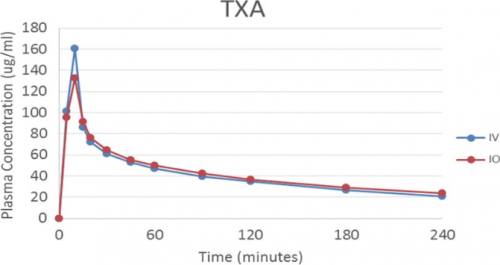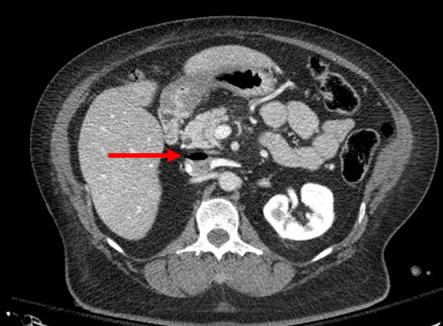Damage control surgery is now over 30 years old! We continue to refine the techniques and closure techniques/devices, and have developed novel ways to speed closure of the abdominal wall in order to avoid pesky hernias. But the process itself is time intensive, and typically several days pass with regular returns to OR until closure is achieved. This is one of the prime areas in which human error can occur, especially with modern service-style coverage of trauma patients.
In the old days, trauma patients were admitted by their surgeon, and that person provided their care nearly continuously until discharge. He or she rounded on them daily, took them back to the OR when needed, and then discharged them.
This is less practical (and desirable) in this day and age. And even if it seems possible, it’s not. No one can be on call 24 hours a day, and provide comprehensive care to every patient, around the clock. Many trauma programs have adopted a “service model”, where patients are admitted to a defined care team and managed by them. The team is led by a surgeon, but that person may change on a weekly (or in some cases nearly daily) basis. I call this the “interchangeable head” model, and to make it work there must be excellent handoffs during any leadership change.
In some cases, a patient may undergo a damage control procedure by one surgeon, but another must do the takeback and possibly the definitive closure. In this case, the handoff is critical! It is paramount that the next surgeon know everything about the first case so that they can perform the correct procedure.
How can this be accomplished? Here are some tips:
- Do not rely on the medical record and previous operative note. It may not be available, and there is usually some loss of information in recording it anyway. Don’t believe it.
- Ideally, meet face to face with the previous surgeon(s). Get the blow by blow description of exactly everything that was done and how. Also discuss what still needs to be done, and when. Try to maintain a uniform philosophy of patient care across surgeons.
- If face to face is not possible, a telephone call is acceptable. The discussion is exactly the same.
- If the surgery occurred at an outside hospital and was then transferred, you must call the initial surgeon to have this discussion before going to the OR!
- If something unexpected is encountered during the case, make sure you have contact information so you can call during the case.
Applying these concepts will decrease the possibility of error, as well as the likelihood of any iatrogenic harm to these complex patients.
In my next post, I’ll review a new paper from the Eastern Association for the Surgery of Trauma (EAST) that performs a systematic review and meta-analysis of handoffs in acute care surgery (which includes damage control, of course) and proposes a practice management guideline.


